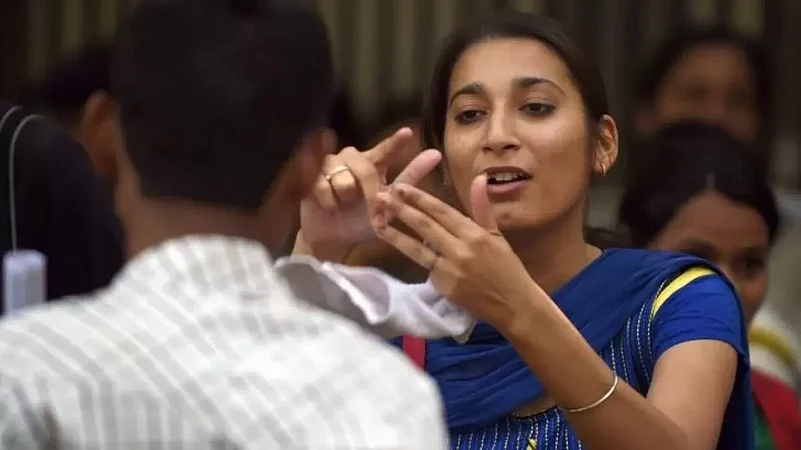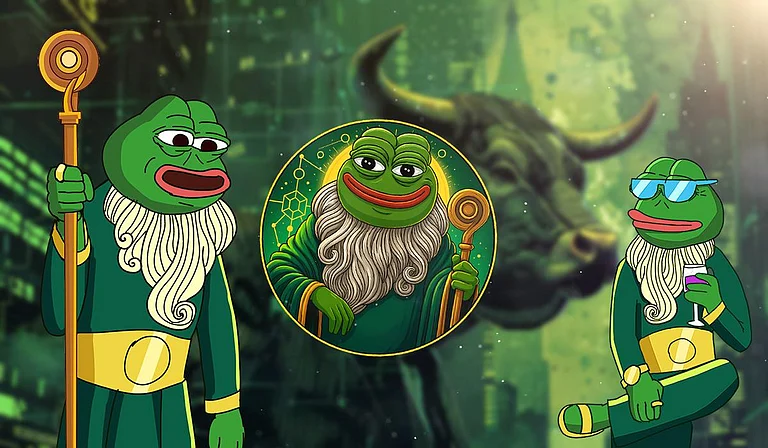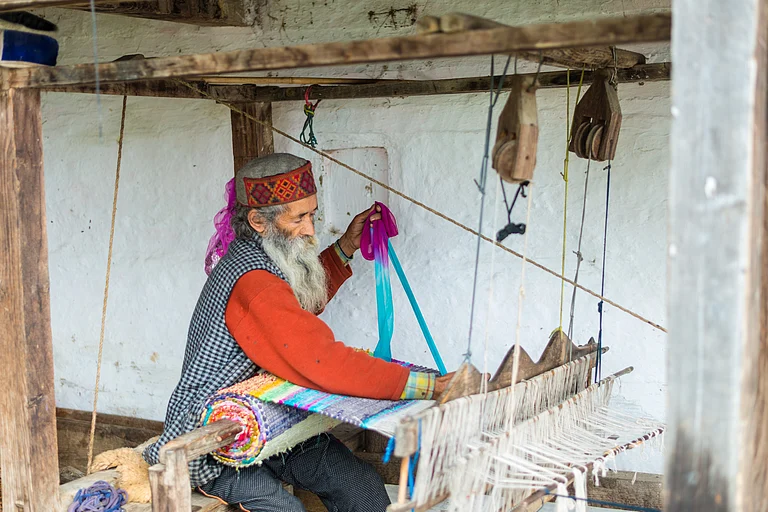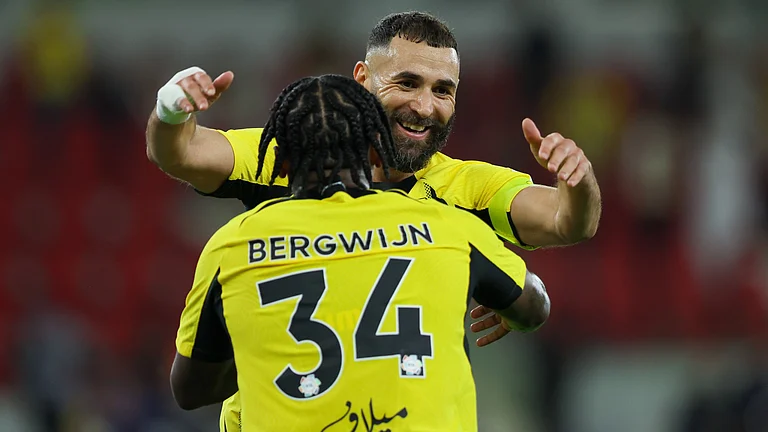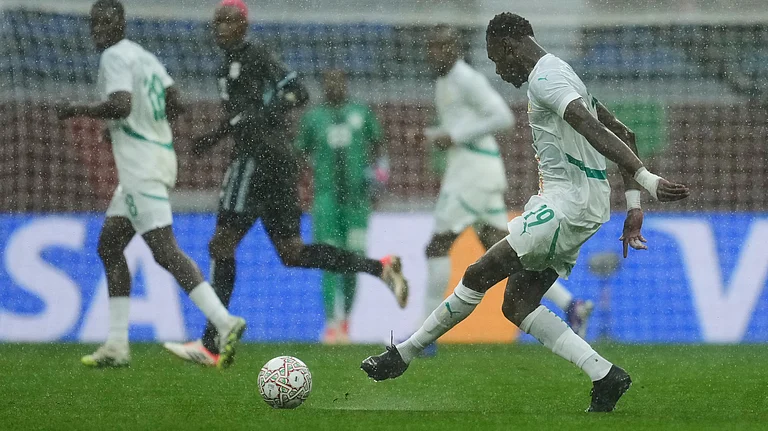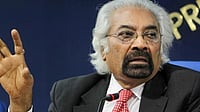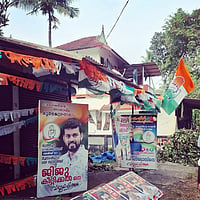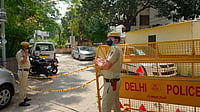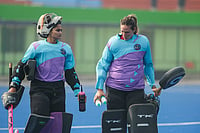For around a hundred years, Indians used sign language but did not mention it in a centrally documented form. That changed in 2018.
In 2018, India published the first Indian Sign Language (ISL) dictionary that had around 3,000 words.
Then, in 2021, the dictionary was updated to expand it to cover 10,000 words. These words cover everyday life, banking terminology, and several technical fields, enabling the hearing-impaired community in the country to communicate better.
Following the development of the ISL Dictionary, the Union government has also started the development of educational content in sign language to further expand the access of the hearing-impaired to education.
While mainstream usage of sign language is still distant, the development of the dictionary and its adoption in a range of textual and audio-visual mediums are promising developments.
The Evolution of Indian Sign Language Dictionary
The Indian Sign Language Research and Training Centre (ISLRTC) launched the first edition of the Indian Sign Language (ISL) dictionary in 2018. It had 3,000 words.
The ISL dictionary draws upon US and British sign language dictionaries to develop a unique Indian system of communication through signs.
"The Dictionary, released in DVD form, contains signs of everyday use and their corresponding English and Hindi words. Specialized terms from legal, academic, medical, and technical fields are explained in ISL. The Dictionary will benefit interpreters, teachers of the deaf, parents of deaf children, etc. and will also help deaf adults to learn English/Hindi," notes ISLRTC on its website.
The US and UK systems could not be directly adapted in India because of the unique cultural, geographic, and linguistic differences between the Western world and India, which meant that India required a truly indigenous dictionary.
While the US sign language uses one hand, the UK and Indian sign languages use both hands.
"The priority of words or vocabulary chosen for India by the Indian Sign Language Research and Training Centre (ISLRTC) are well defined and ranges between words for everyday use with representation from diverse regional contexts of India (like Bihar, Uttarakhand, etc) to a range of legal terms," The Times of India quoted Gaurav Raheja, Professor In-Charge of Inclusion and Accessibility Services, IIT Roorkee, as saying, who added that ISL Dictionary has been developed through contextual research and purpose suiting the Indian landscape.
The development of the ISL dictionary began in 2016 and was spearheaded by the state-run ISLRTC. The dictionary is divided into five categories of words: 1) Everyday words 2) Legal words 3) Academic words 4) Technical words 5) Medical words.
In the second edition, the dictionary was expanded to 6,000 words. The third edition published in 2021 had 10,000 words.
Integration of ISL Dictionary in Study Material
After the development of the Indian Sign Language (ISL) Dictionary, the next logical step was to integrate it into educational content, so that the hearing-impaired community could have learning benefits from the initiative.
The National Council of Educational Research and Training (NCERT) entered into an agreement with the Indian Sign Language Research and Training Centre (ISLRTC) for the inclusion of the ISL Dictionary into educational content.
"NCERT and ISLRTC have signed Memorandum of Understanding (MoU) and are working in close collaboration for developing NCERT textbook-based videos in Indian Sign language. To date, about 550 ISL videos from classes 1-5 have been developed...NCERT in collaboration with ISLRTC have created metadata for ISL dictionary and the dictionary words are uploaded on DIKSHA portal in alphabetical order (diksha.gov.in) for wider access and dissemination among all the stakeholders," says NCERT in a 50-page booklet published to detail its work related to the ISL Dictionary.
The NCERT is also engaged in the development of audio/visual material along with subtitles based on the ISL Dictionary.
Mobile applications have also been developed where signs can be understood and searched in English and Hindi, according to a PTI report.
Moreover, the report says that textbooks for classes 1-12 are also set to be developed into sign language-based study material.
"Notably, ISLRTC had recently signed an MoU with the National Council of Educational Research and Training (NCERT) on October 6, 2020, for converting NCERT textbooks from classes 1 to 12 into the Indian Sign Language (digital format) to make the textbooks accessible to children with hearing disabilities. This year, ISL e-content of NCERT textbooks of class 6 was launched, the official added," said the PTI report.
Indian Dictionary Fills Key Gaps
One of the main benefits of the Indian Sign Language (ISL) dictionary is that it takes into account the unique Indian context.
For example, the same signs mean different things in India and the West because of cultural differences, which meant that Western signs and dictionaries could not be adopted in India. \The BBC noted in a report that signs for words like 'marriage' or 'tea' are different in Western and Indian dictionaries.
"While the action for 'wearing a ring' denotes 'marriage' in the US, in India it is depicted by the 'holding of hands'. 'Tea' is shown through the action of 'dipping a tea bag in a cup' in the US, but in India, you would actually mime the action of drinking tea from a cup and saucer," notes BBC.
Then, there are variations within India itself, as 'crossing arms with clenched fists' could mean marriage in South India but could mean jail in North India, according to Islam Ul Haq, a master sign-language trainer, quoted by BBC.






